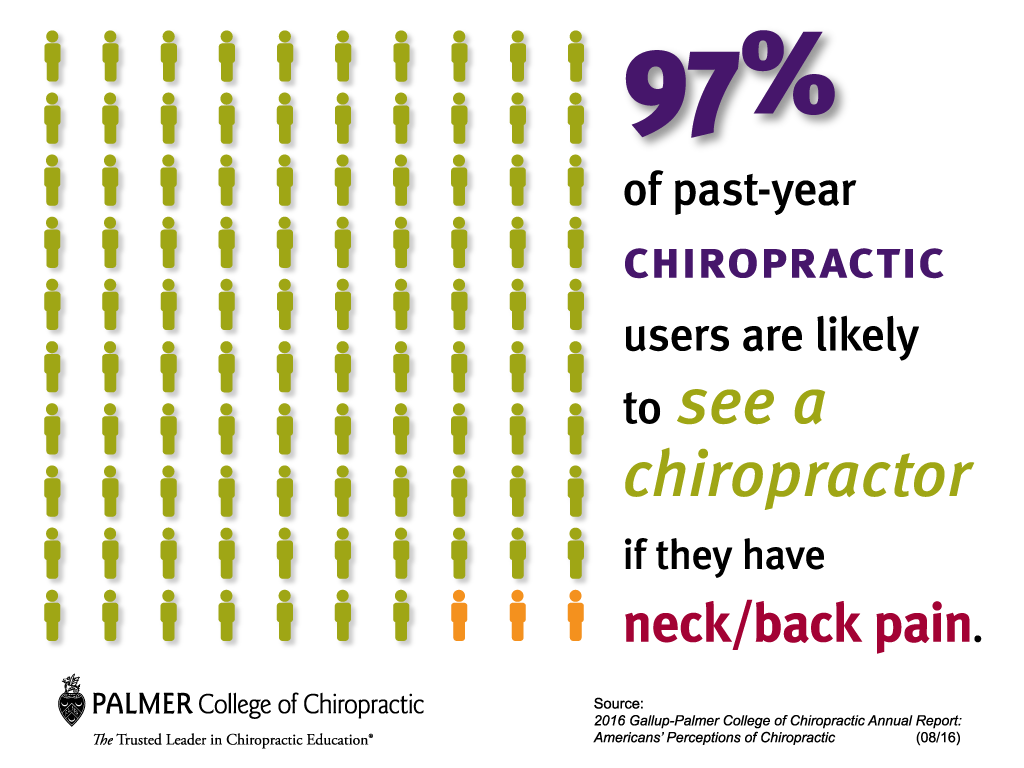What Your Neck And Back Pain Claims Regarding Your Health: Common Conditions And Symptoms
What Your Neck And Back Pain Claims Regarding Your Health: Common Conditions And Symptoms
Blog Article
Developed By-Hamilton Harmon
If you're experiencing back pain, your body might be attempting to tell you something greater than just discomfort. https://www.nytimes.com/2021/04/01/opinion/back-pain.html feels can supply useful ideas about your overall wellness. Recognizing the particular kind of pain you're feeling and any accompanying symptoms is vital to untangling the enigma behind your pain. Let's explore the common conditions and symptoms associated with different types of neck and back pain to clarify what your body may be signaling.
Types of Neck And Back Pain
When it involves neck and back pain, there are various types that you might experience. One usual type is muscle pain, commonly triggered by overuse, pressure, or injury to the muscles and tendons sustaining the spinal column. This type of pain can range from light pain to serious and incapacitating pain.
One more type is nerve pain, which can arise from conditions like herniated discs or sciatica. Nerve discomfort often offers as a sharp, shooting sensation that radiates down the leg.
Joint pain in the back can originate from issues like arthritis or sacroiliac joint dysfunction. This type of pain is commonly really felt in the reduced back and can be intensified by certain motions.
Furthermore, pain in the back can be related to structural problems such as spinal stenosis or vertebral cracks. Understanding eastern medicine near me of pain in the back you're experiencing is crucial in establishing the appropriate treatment and administration methods.
Common Effects to Expect
Moving beyond the numerous kinds of pain in the back, it is very important to identify the usual signs and symptoms that can indicate underlying concerns.
Relentless back pain that intensifies with movement or at night could suggest an extra major issue. Feeling numb or tingling in the legs or feet, particularly when accompanied by weakness, might point to a nerve-related problem. If you experience sudden weight management in addition to back pain, it could be a sign of a more systemic problem.
Take notice of any type of modifications in bladder or digestive tract function, as this could be linked to spine compression. Fever, cools, or evening sweats together with pain in the back may signify an infection. Watch out for pain that emits down one or both legs, possibly indicative of sciatica.
Wellness Conditions Linked to Back Pain
If you deal with pain in the back, it's important to understand the prospective health problems linked to this pain. Neck and back pain can be a sign of numerous underlying concerns, including muscular tissue stress, herniated discs, osteo arthritis, back stenosis, and even conditions like kidney stones or infections.
Muscular tissue strains are common and usually arise from lifting hefty things or sudden motions.
https://family-chiropractic-healt91728.webbuzzfeed.com/31746781/discover-the-concealed-facts-and-benefits-of-chiropractic-care-that-may-come-as-a-shock-to-you-by-looking-beyond-common-misunderstandings take place when the soft cells between vertebrae protrudes, creating nerve irritability.
Osteoarthritis, a degenerative joint condition, can lead to neck and back pain as cartilage wears down.
Spinal stenosis, the constricting of the spine canal, can put pressure on nerves.
Kidney stones may cause extreme back pain if they move right into the urinary system tract.
Infections like spine osteomyelitis can likewise show up as neck and back pain. Recognizing these potential health conditions can aid you look for proper healthcare and monitoring for your back pain.
Final thought
So, next time your back injures, take note of the kind of pain and going along with symptoms. Maybe a signal from your body regarding underlying wellness problems like muscle pressure, nerve issues, joint troubles, or even structural concerns. By recognizing these indicators, you can take proactive actions to attend to the origin of your pain in the back and improve your overall wellness and well-being.
